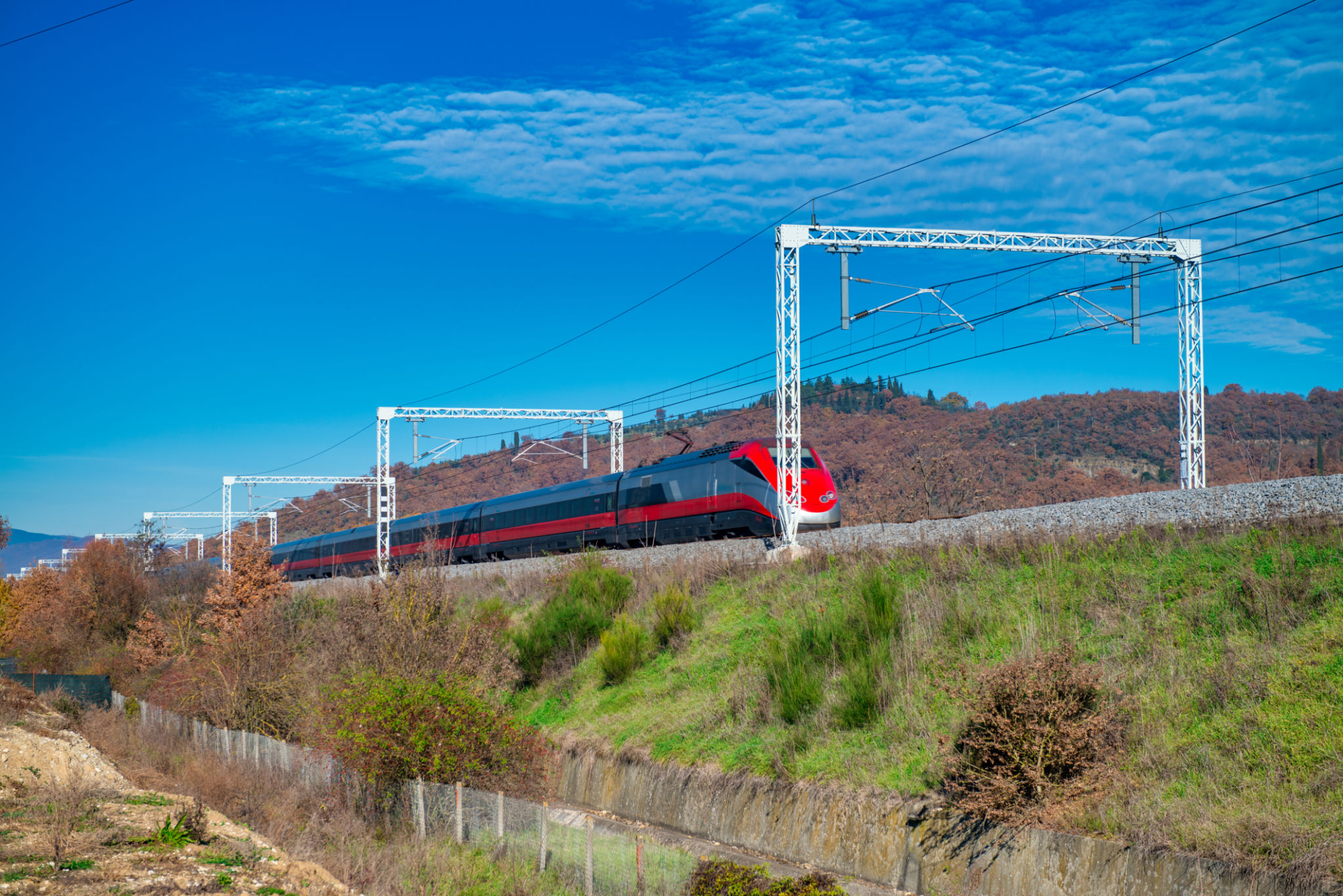Comprehensive Guide to Railway Project Management in Kentucky
Introduction to Railway Project Management
Railway project management in Kentucky plays a crucial role in the development and modernization of the region's transportation infrastructure. With an increasing demand for efficient and sustainable transportation solutions, the need for effective project management strategies has never been more critical. This guide will provide an overview of the key components involved in managing a successful railway project in Kentucky.

Understanding the Scope and Objectives
The first step in railway project management is to clearly define the scope and objectives of the project. This involves identifying the project's goals, timeline, and budget, as well as understanding the specific needs of the communities it will serve. Clear objectives help in aligning the efforts of various stakeholders and ensure that all team members are working towards a common goal.
Stakeholder Engagement
Engaging stakeholders is vital in railway project management. This includes government agencies, local communities, environmental groups, and funding bodies. Effective communication and collaboration with these groups help in addressing concerns and ensuring that the project meets regulatory and community standards. Regular meetings, updates, and feedback loops are essential components of stakeholder engagement.

Planning and Design
Planning and design are foundational elements in railway projects. This phase involves detailed route analysis, environmental assessments, and feasibility studies. Engineers and planners work together to create designs that are safe, cost-effective, and sustainable. Innovative design solutions can also help in minimizing environmental impact and enhancing operational efficiency.
Risk Management
Risk management is a critical aspect of planning. Identifying potential risks early in the project allows for the development of mitigation strategies to minimize disruptions. Common risks include environmental challenges, budget overruns, and delays due to unforeseen circumstances. A comprehensive risk management plan ensures that these issues are addressed proactively.

Construction and Implementation
Once the planning and design phases are complete, the project moves into construction and implementation. This stage requires careful coordination to ensure that all construction activities are carried out according to plan. Strict adherence to safety standards and quality controls is essential during this phase to avoid accidents and ensure the durability of the infrastructure.
Monitoring and Evaluation
Monitoring progress and evaluating performance are ongoing processes throughout the construction phase. Project managers use various tools and techniques to track progress against timelines, budgets, and quality benchmarks. Regular monitoring helps in identifying any deviations from the plan and allows for timely corrective actions.

Project Handover and Maintenance
Once construction is complete, the project enters the handover phase. This involves transferring responsibilities from the construction team to the operational team. Comprehensive documentation, training sessions, and maintenance plans are essential to ensure a smooth transition. Effective maintenance strategies are required to keep the railway infrastructure in optimal condition for long-term usage.
The Future of Railway Projects in Kentucky
Looking ahead, railway projects in Kentucky have the potential to significantly enhance regional connectivity and economic growth. Embracing innovative technologies, sustainable practices, and robust project management methodologies will be key to realizing this potential. As Kentucky continues to invest in its transportation infrastructure, railway project management will remain a vital component in shaping a more connected and prosperous future.
